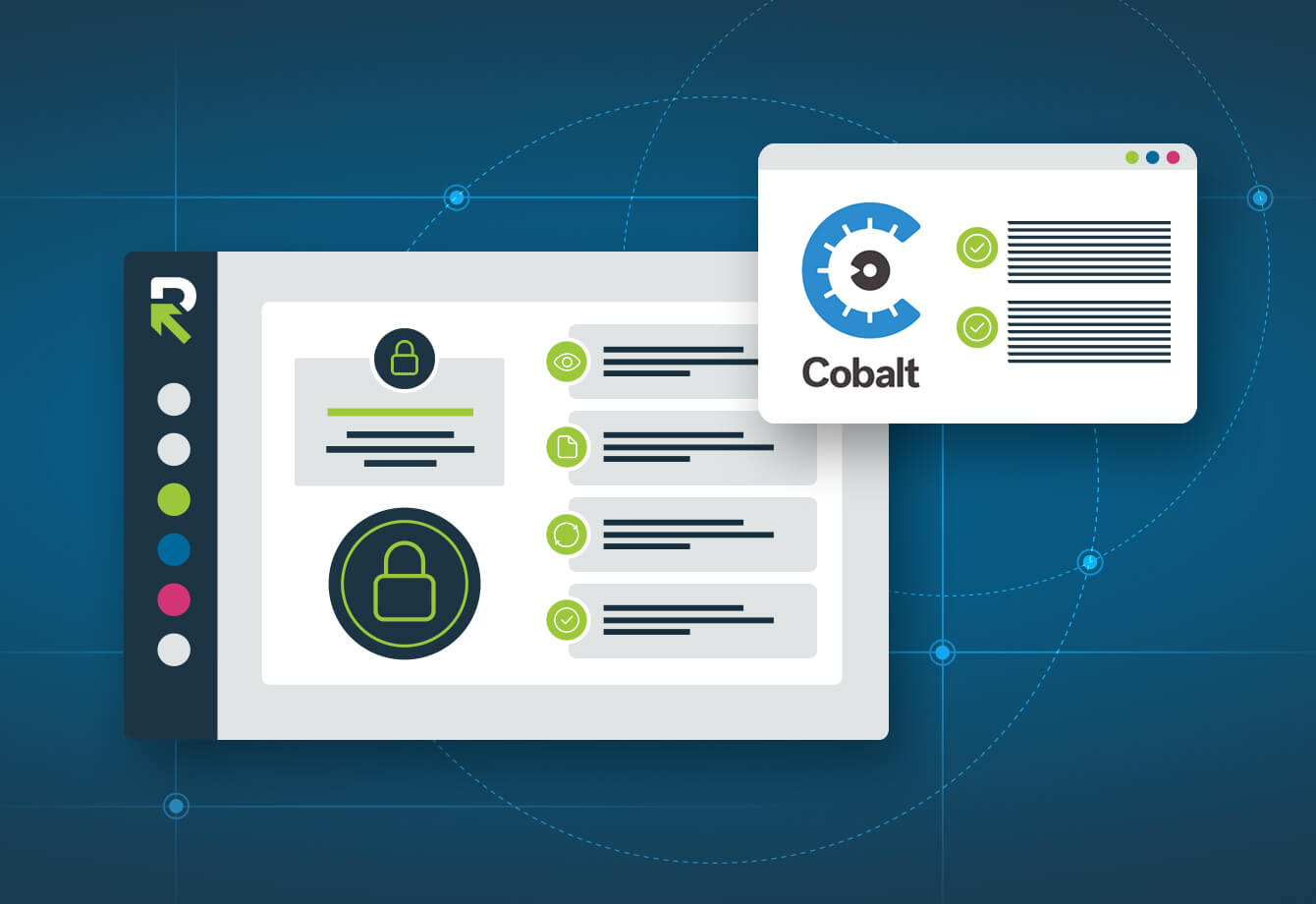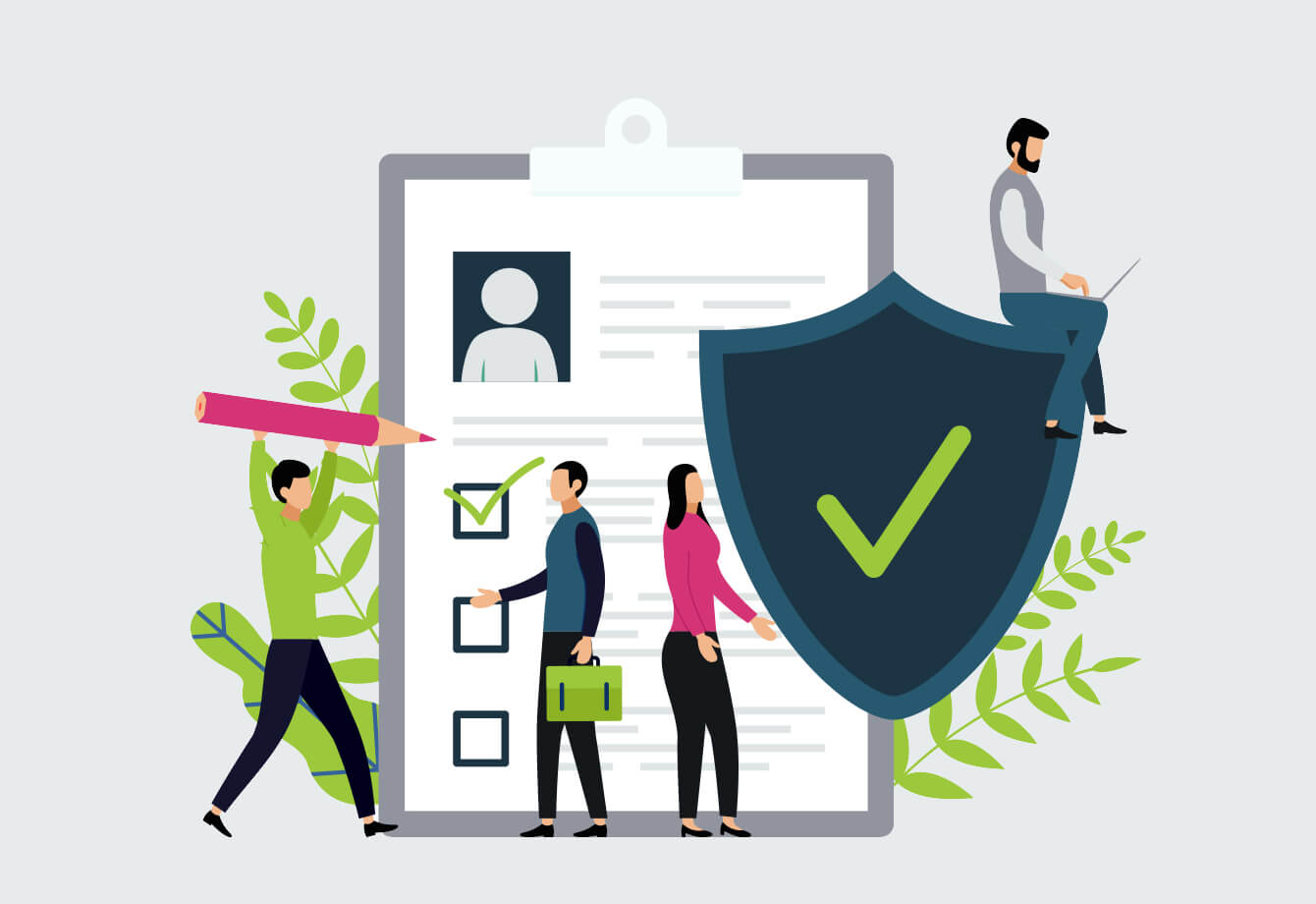
Start Responding Like a Pro
The Responsive blog is full of insights and best practices, giving you the tools you’ll need to streamline your process and respond with confidence.
Featured Post

How to respond to a security questionnaire
Product & Best PracticesIf you’re like me, you regularly receive emails advising you to change your passwords because one company or another has […]
Category: Tag: Security questionnaire response


DDQ vs. security questionnaire
Selling & Enablement
4 key elements to keeping security questionnaires accurate and up to date
Selling & Enablement
10 ways RFPIO customers can strengthen security
Products/Features/Solutions
Security questionnaires: 6 processes before and after automation
Product & Best Practices
The secret to making security questionnaires a lot easier
Product & Best PracticesSee how it feels to respond with confidence
Why do 250,000+ users streamline their response process with RFPIO? Schedule a demo to find out.